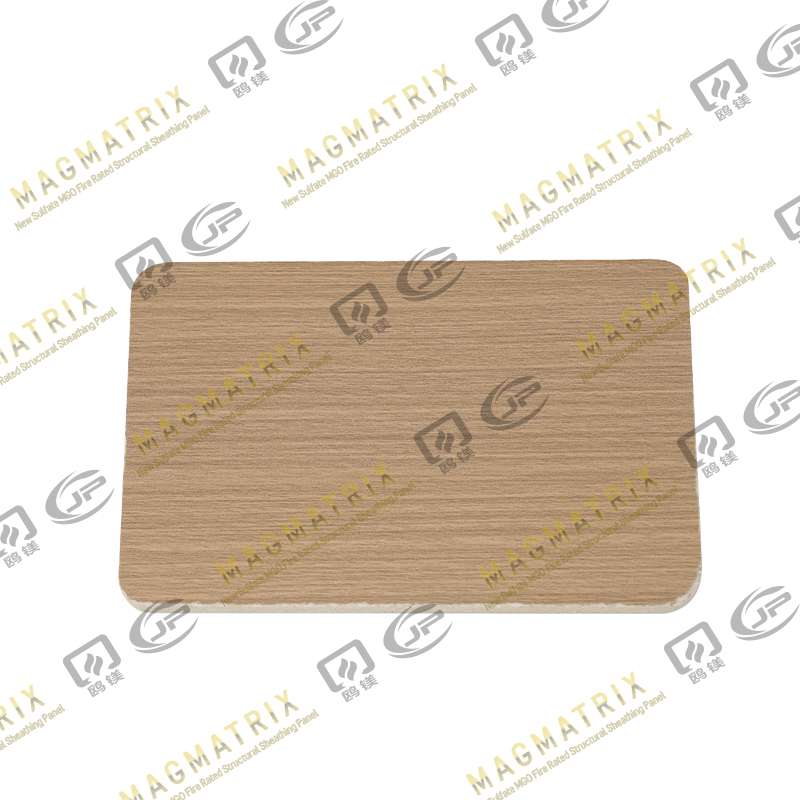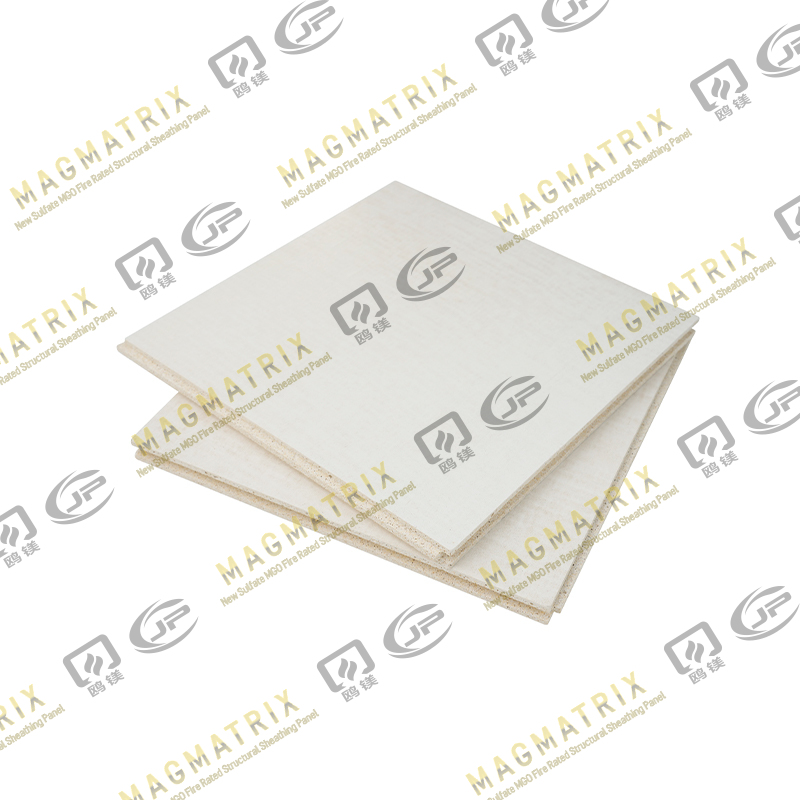If you’re renovating a basement, building a partition wall, or trying to create a quieter home office, you’ve likely encountered a myriad of building material options. Among them, MgO board (Magnesium Oxide board) has been gaining significant traction as a versatile, eco-friendly alternative to traditional drywall and cement board.
But a critical question arises: Is MgO board soundproof?
The short, direct answer is no, a single layer of MgO board is not soundproof. However, that simple answer doesn’t tell the whole story. When used correctly within a broader acoustic strategy, MgO board can be a highly effective component in significantly improving a room’s acoustic performance.
This article will cut through the marketing hype and empty talk. We will explore the science of sound control, examine the physical properties of MgO board, and provide practical, actionable systems you can use to create a quieter space.
Understanding the Key Concepts: Soundproofing vs. Acoustics
Before we can judge any material, we must first define our terms. “Soundproofing” and “acoustics” are often used interchangeably, but they refer to different goals.
What is Soundproofing (Sound Isolation)?
Soundproofing, or more accurately, sound isolation, is about preventing sound from traveling between spaces. It’s the barrier that keeps your movie night from disturbing your sleeping kids or blocks the noise of the city from entering your bedroom. The goal is to stop sound transmission. Key metrics include:
STC (Sound Transmission Class): Rates a partition’s (like a wall or floor) ability to block airborne sound (speech, TV). A higher STC rating means less sound gets through.
Standard interior wall (½" drywall on both sides): STC 33-35 (normal speech is audible)
Good soundproofed wall: STC 50-60 (loud sounds are faint or inaudible)
What is Acoustic Treatment?
Acoustic treatment deals with controlling the sound within a room. It aims to reduce echo, reverberation, and reflections to make a room sound clearer and more balanced. This is crucial for home theaters, recording studios, and open-plan offices. The key metric here is:
NRC (Noise Reduction Coefficient): Rates a material’s ability to absorb sound, from 0 (perfect reflector, like a mirror for sound) to 1 (perfect absorber). Porous materials like acoustic foam and thick carpets have high NRC values.
The Crucial Takeaway: MgO board, being a dense, hard panel, is a tool for sound isolation (blocking). It is not a tool for sound absorption (acoustic treatment). You will likely need both for a truly high-performance room.
The Acoustic Properties of MgO Board: A Material Deep Dive
To understand how MgO board performs, we need to look at its fundamental physical characteristics.
1. Density and Mass: The First Law of Soundproofing
The most fundamental principle of sound isolation is the Mass Law. In simple terms, the heavier and denser a material is, the harder it is for sound waves to make it vibrate. Since sound travels through structures by vibration, more mass means better sound blocking.
Standard ½” Drywall: Weighs approximately 1.6 - 2.0 pounds per square foot (psf).
Standard ½” MgO Board: Typically weighs between 2.0 - 2.4 psf.
MgO board is generally 20-30% denser than standard drywall. This extra mass gives it a inherent advantage in blocking sound right out of the gate. When you double the mass of a single-leaf wall (like a basic stud wall), you can improve its STC rating by roughly 5-6 points. MgO’s higher density is a solid starting point.
2. Stiffness and Damping
While mass is critical, stiffness plays a role. A very stiff panel can resonate like a drumhead at certain frequencies, particularly low bass notes. MgO board has a different internal structure and composition than drywall, often resulting in a slightly higher degree of internal damping. This means it can convert the vibrational energy of sound into minuscule amounts of heat, rather than transmitting it. This property helps it perform slightly better than drywall of the same weight at reducing mid-range and higher frequencies.
3. Homogeneity and Sealing
MgO board is a homogeneous material, meaning its composition is consistent throughout its thickness. Unlike drywall, which has a paper facing that can tear or delaminate, MgO is uniform. This allows for very clean cuts and, crucially, a tight seal when caulked. In soundproofing, sealing air gaps is just as important as adding mass. A 1% air gap in a wall can let through 50% of the sound. MgO’s smooth, consistent surface makes it easier to create an airtight assembly with acoustic sealant.
MgO Board vs. The Competition: A Realistic Comparison
Let’s see how MgO board stacks up against common wall sheathing materials in a soundproofing context.
| Material |
Density |
STC (in basic wall) |
Key Acoustic Characteristics |
| Standard ½” Drywall |
~1.8 psf |
STC 33-35 |
The baseline. Good for basic partitions but poor for sound isolation alone. |
| ½” MgO Board |
~2.2 psf |
STC 36-38 |
Better. Higher mass and damping provide a measurable, though modest, improvement over drywall. |
| 5/8” Type X Fire Drywall |
~2.2 psf |
STC 35-37 |
Similar mass to MgO, also fire-resistant, but may have slightly less damping. A very close competitor. |
| ½” Cement Board |
~3.0 psf |
STC ~37-39 |
Very dense and massive, but brittle, difficult to work with, and not suitable as a primary wall surface. |
The Verdict: A single layer of MgO board will outperform a single layer of standard drywall. It is roughly comparable to 5/8" fire-rated drywall in terms of mass and STC performance. Its real advantage lies not in being a “magic bullet,” but in its combination of sound-blocking properties with other benefits like mold and moisture resistance.

Practical Soundproofing Systems Using MgO Board
This is where MgO board truly shines. Its real acoustic value is realized when it’s used as a component in a professional-grade soundproofing system. Remember, no single material does it all; it’s the system that creates performance.
System 1: The Decoupled Wall (The Gold Standard)
This is the most effective method for serious soundproofing. The goal is to physically separate the two sides of a wall to prevent vibrational energy from crossing over.
How to Build It: Use resilient metal channels (RC-1 or “hat channel”) on one side of the studs. Screw the MgO board to these channels. The channels create a flexible break between the rigid stud and the board, dramatically reducing sound transmission.
Enhanced Performance: Fill the wall cavity with dense insulation (rock wool is ideal). On the other side of the wall, you can add a second, decoupled layer of MgO board.
Why MgO Works Here: The mass of the MgO board, combined with the decoupling and insulation, creates a “mass-spring-mass” system that is extremely effective at blocking a wide range of frequencies. The stiffness of MgO also helps it perform well when mounted on flexible channels without cracking.
System 2: The Double Layer Wall (The Mass-Loaded Approach)
If decoupling isn’t feasible, adding mass is your next best bet.
How to Build It: Install a first layer of MgO board directly to the studs. Then, apply a second layer of MgO board, offsetting the seams from the first layer. Use a special non-hardening acoustic sealant (like Green Glue) between the two layers. This sealant acts as a damping compound, converting sound energy into heat and gluing the two panels together to create a super-massive, damped membrane.
Why MgO Works Here: The double layer of dense MgO provides significant mass. When combined with a viscoelastic damping compound, the entire assembly becomes excellent at blocking sound, especially when the seams are properly staggered and sealed.
System 3: Floor and Ceiling Applications
Sound travels in all directions. MgO board is an excellent underlayment for tile floors, adding mass to help block impact noise (footsteps). For ceilings, it can be used in a decoupled system (like on resilient channels) to prevent noise from traveling to the floor above.
The Limitations: What MgO Board Cannot Do
To be truly helpful, it’s vital to state what MgO board cannot do.
It is not a sound absorber. Do not cover your walls in MgO board expecting to reduce echo in your home theater. For that, you need soft, porous materials like acoustic panels, fabric-wrapped fiberglass, or thick curtains.
It will not stop flanking noise on its own. Flanking noise is sound that travels through indirect paths like HVAC vents, electrical outlets, plumbing penetrations, or even the structure itself. MgO board on the walls won’t help if sound is leaking through a gap under the door or through a shared ceiling plenum.
A single sheet is not a solution. As we’ve established, the performance comes from the system, not the standalone product.
Conclusion: A Valuable Tool, Not a Magic Wand
So, is MgO board soundproof? No.
But can it dramatically improve a room’s acoustic performance? Absolutely, yes.
Think of MgO board not as a singular solution, but as a high-performance component in your soundproofing toolkit. Its inherent density, stiffness, and damping characteristics make it a superior choice to standard drywall. When integrated into a well-designed system that includes decoupling, damping compounds, and cavity insulation, MgO board becomes part of a wall or floor assembly that can achieve professional-level STC ratings.
For your project, consider MgO board if:
You need moisture and mold resistance (e.g., basements, bathrooms) in addition to better sound control.
You are building a dedicated media room, music practice space, or home office and are committed to using a systemic approach.
You appreciate its eco-friendly profile and want a durable, high-performance building material.
By understanding its properties and limitations, you can leverage MgO board effectively to build the quiet, peaceful sanctuary you desire.
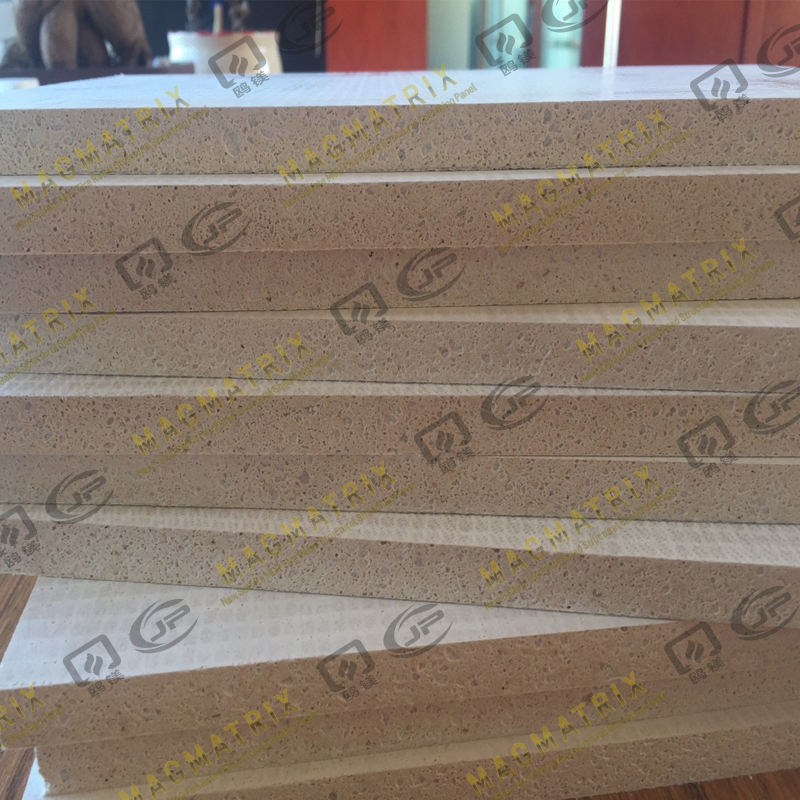 BMSC 517 New Sulfate MgO Board
BMSC 517 New Sulfate MgO Board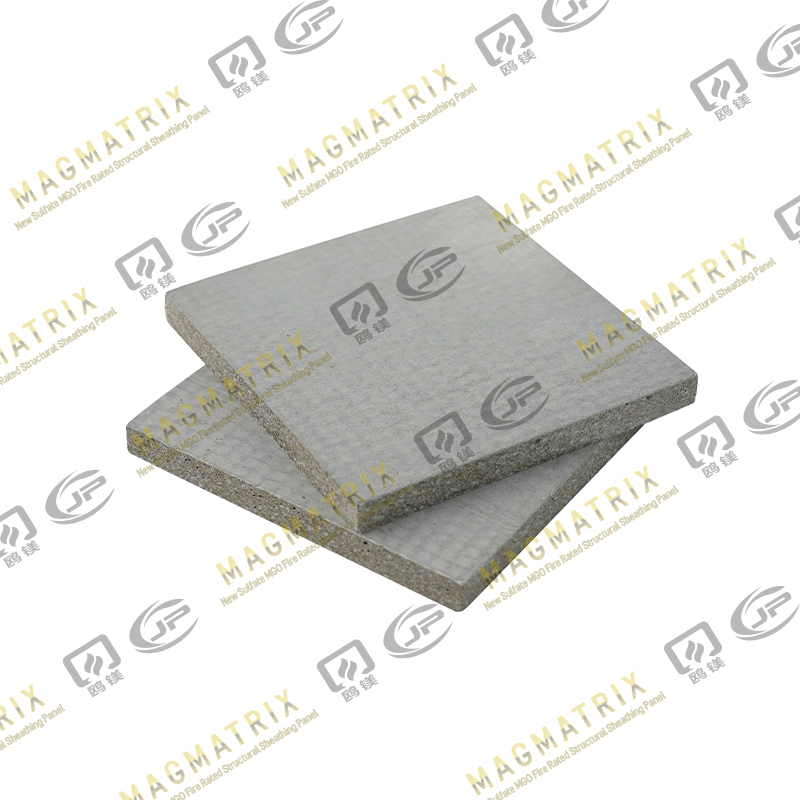 Multi-Support MgO Wall Sheathing Board
Multi-Support MgO Wall Sheathing Board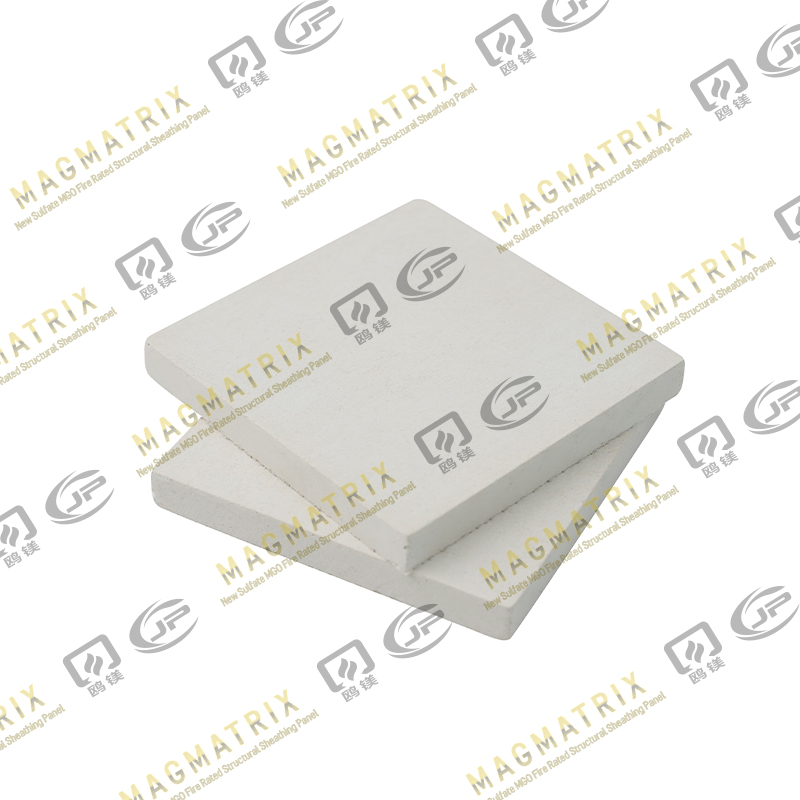 Perseverance MgO Wall Sheathing Board
Perseverance MgO Wall Sheathing Board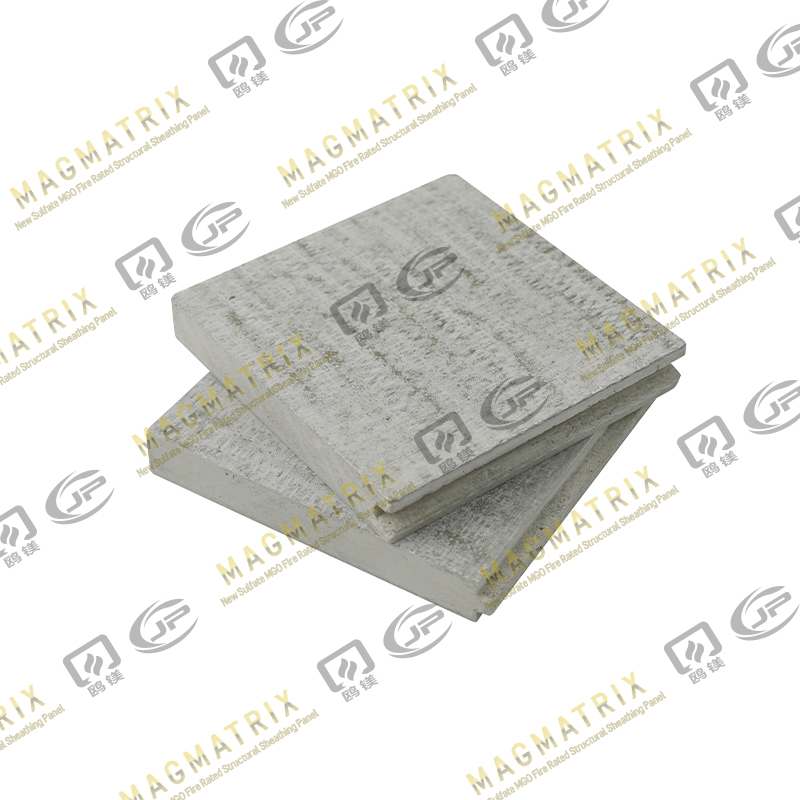 Multi-Support MgO Subfloor Sheathing Board
Multi-Support MgO Subfloor Sheathing Board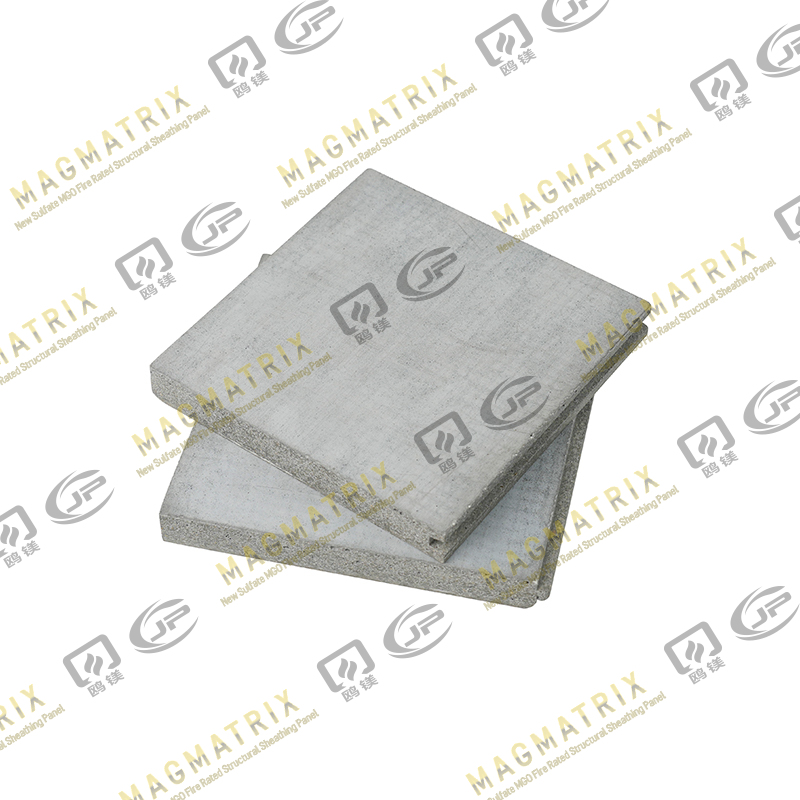 Perseverance MgO Subfloor Sheathing Board
Perseverance MgO Subfloor Sheathing Board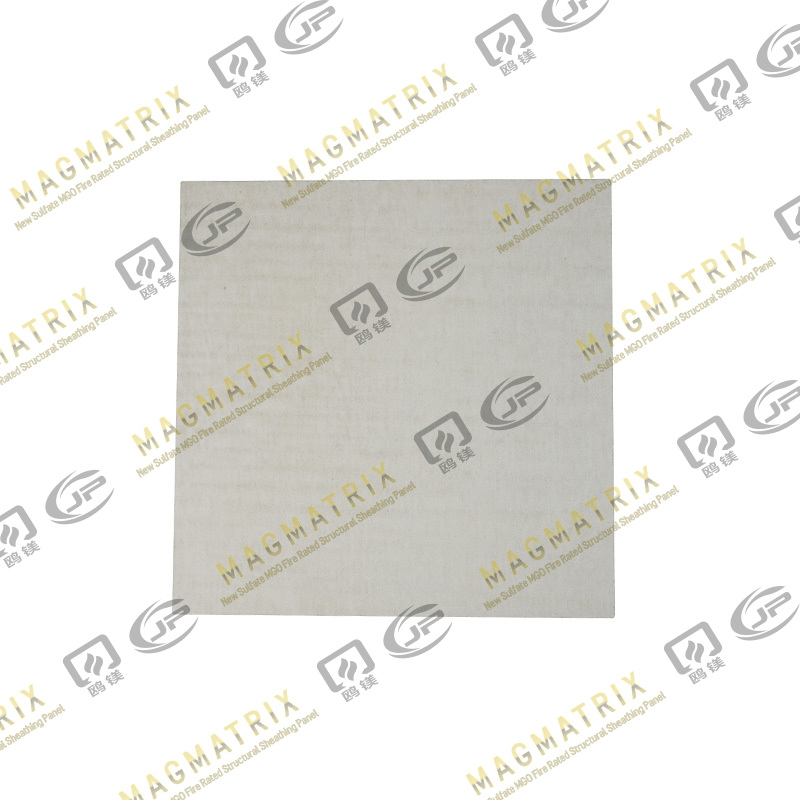 MagMatrix MgO Underlayment Panel/board
MagMatrix MgO Underlayment Panel/board


 English
English русский
русский Español
Español
